As Black Friday and Cyber Monday (BFCM) 2024 approach, online retailers may feel overwhelmed by the surge in deals and consumer demand.
Our report reveals that 87% of consumers plan to shop this season—it’s a number that can intimidate your service reps.
The pressure to surpass last year’s performance is high, so to help you prepare and reduce stress, we’ve created a checklist of essential tips for a successful BFCM launch.
Elevate your BFCM Customer Service with AI
Now—
Let’s jump straight to the list of tips.
1. Choose the right customer service tool stack
Handling a surge of customer inquiries during BFCM can be challenging, but with the right customer service tools, you can respond quickly and maintain high-quality interactions.
As you prepare for Black Friday, integrate your live chat, help desk, chatbots, and CRM tools to create a unified view of client interactions and enhance your service efficiency.
Some of the best tools in this category are:
- Tidio—combines AI chatbots, help desk workflows, and automations to efficiently handle inquiries in real time
- Zendesk—offers ticketing, live chat, and knowledge base features to manage high volumes of inquiries
- Freshdesk—provides multichannel support, automation functionality, and integrations with your existing tools
- HubSpot Service Hub—centralizes customer communication and tracks all interactions
These tools help streamline support processes, ensuring that no query goes unnoticed during peak times.
2. Use chatbot flows to optimize customer service operations
Identify the most common queries such as FAQs, order tracking, and basic troubleshooting, and set up chatbot flows to handle these efficiently. Many chatbot platforms offer pre-built bot templates, making it easier to get the most out of chatbot optimization.
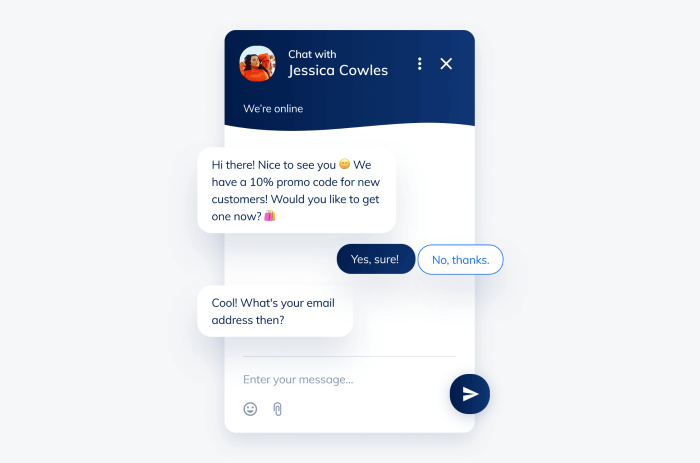
You can use reactive and event-based flows to respond quickly to both first-time visitors and returning customers. For instance, set up chat triggers on your online store for actions like placing an order or abandoning a cart. This approach helps you address inquiries quickly, reduces wait times, and boosts customer satisfaction, leading to more completed checkouts.
Also, you can offer exclusive deals to loyal customers according to their shopping history, making them feel valued and appreciated. According to Forbes, businesses have a 60 to 70% chance of selling to an existing consumer, while the probability of selling to a new prospect is only 5% to 20%. You should use these odds to your advantage.
Read more: Learn about the best abandoned cart recovery strategies. Also, be sure to read about the best abandoned cart email examples.
3. Maintain low response times with AI chatbots
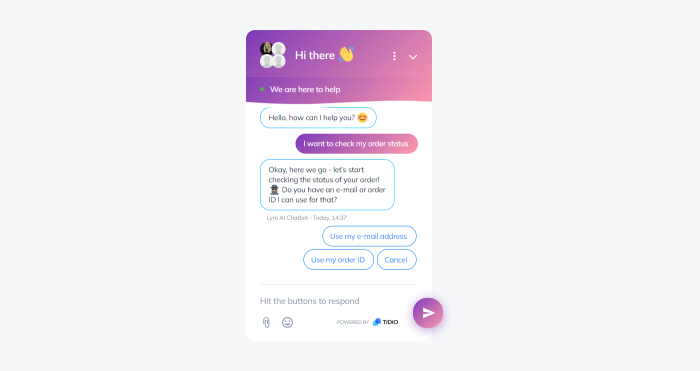
AI-driven chatbots can understand and respond to inquiries instantly, maintaining low response times.
You can use AI to handle product inquiries, frequently asked questions, and order checks during Black Friday and Cyber Monday sales. By automating these interactions, you free up human agents to tackle more complex issues and ensure real-time support without overwhelming your service team.
And customers appreciate it, too—
According to our own study, about 60% of users believe that AI can:
- improve their customers’ experience
- answer users’ questions as well as human operators
- make the work of support easier
Not to mention that as many as 83% of users prefer immediate assistance upon contact, which is all the more reason to implement the use of AI chatbots during the busy holiday season.
Read more: Learn how to use Lyro—Tidio’s AI chatbot. Also, check out our case study to learn how Lyro AI helped Tidio’s support team enhance support operations.
4. Automate “Where is My Order” questions
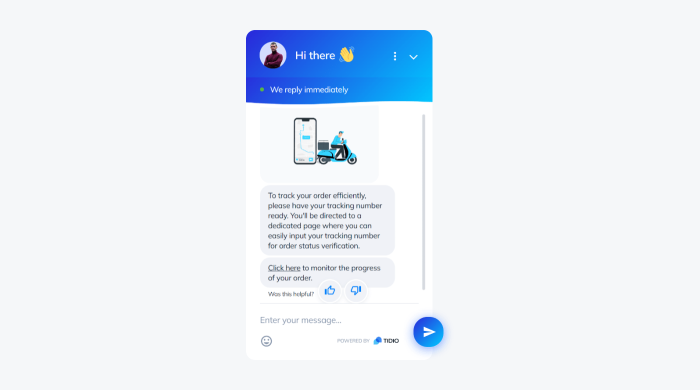
Automating responses to “Where is my order?” inquiries significantly reduces the strain on CS teams. Integrating order tracking systems with your chatbot allows clients to get real-time updates by simply entering their order number, without needing to wait for a human agent.
Simply connect your chatbot to your order-tracking system, and it will automatically retrieve the necessary information once the order is fulfilled.
You can also implement an FAQ chatbot to quickly address common order-related questions, providing fast and efficient customer assistance.
Read more: Find out all you should know about chatbot automation.
Elevate your BFCM Customer Service with AI
5. Prepare clear return and exchange policies
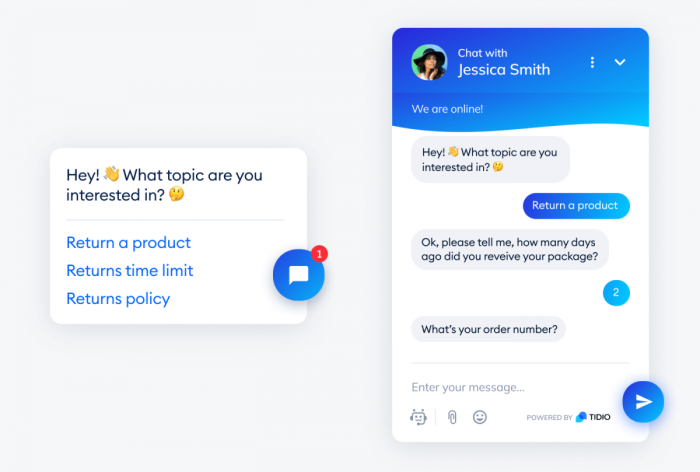
Clearly outlining return and exchange policies on your website is crucial, especially during busy periods like Black Friday. When customers know what to expect, they’re less likely to feel frustrated, which reduces the number of inquiries your team has to manage. Make sure these policies are easy to find and written in plain language, displayed on key pages like the product, checkout, and dedicated Returns and Exchanges pages.
Additionally, create an FAQ section to address common questions about your ecommerce return policy. This should be easily accessible from your homepage and other relevant parts of your site, allowing customers to find answers quickly without needing to contact support. This not only decreases inquiries but also improves the overall customer experience.
Read more: Check out the best returns management software available.
6. Leverage help desk automation
Using help desk software to automate ticketing and categorization speeds up response times and ensures that inquiries are directed to the right departments. Automating repetitive tasks such as follow-ups and status updates can free up your support team to handle more complex issues.
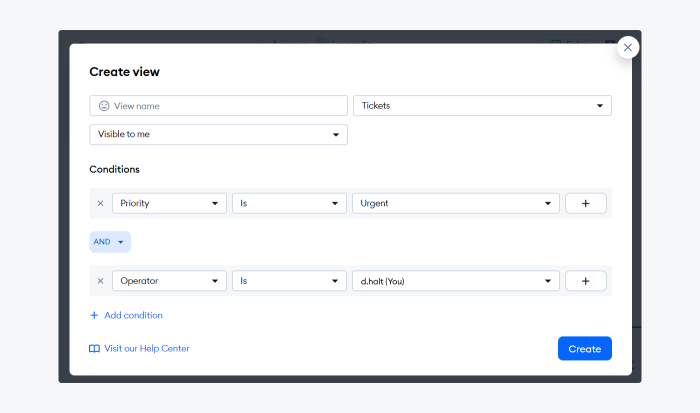
One of the ways to use automation is to create custom views in your help desk and ticketing system. These let you prioritize inquiries based on things like urgency or highly valuable shoppers. Also, it allows your team to manage workload and address the most important issues first.
In addition, consider auto-assigning inquiries according to member expertise and current workload, and make use of the auto-solve option for inactive conversations.
Read more: Find out all you need to know about an automated ticketing system and read the reviews of the best software in this category.
7. Make self-service options available
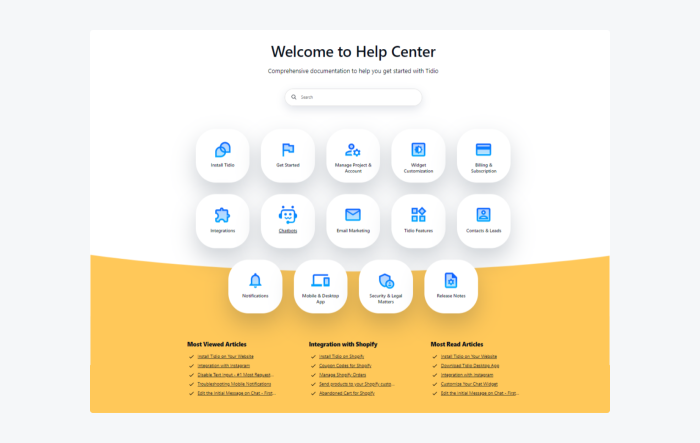
Invest in a comprehensive knowledge base, FAQs, and how-to guides that customers can access to solve their issues independently. A well-maintained customer self-service portal can significantly reduce the number of support requests, allowing your team to focus on more critical tasks.
Be sure to update your FAQ section with Black Friday-specific content and respond to questions about promotions, Black Friday discounts, and previously mentioned return policies. Also, when creating detailed step-by-step guides, add images with screenshots of the process to make it easier to follow.
Read more: Check out the different types of web self-service and the benefits it can bring to your business.
8. Offer proactive assistance
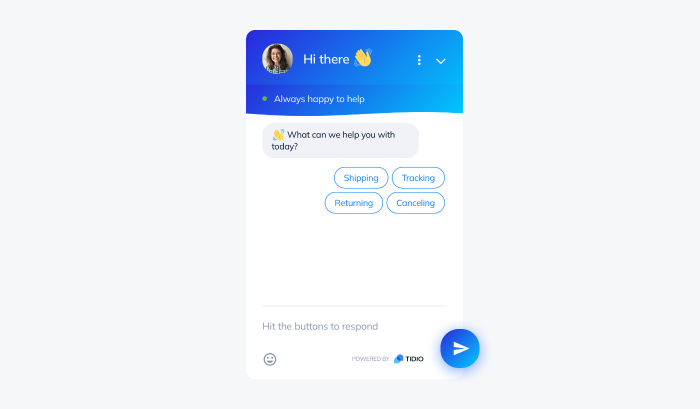
Implement proactive customer service by reaching out to customers before they encounter any issues. During the high-pressure Black Friday season, this approach can significantly enhance user satisfaction and operational efficiency.
You can send automated notifications about:
- order confirmations right after users make a purchase
- shipping and delivery updates
- back-in stock alerts
- any other product-related updates
Additionally, utilize website visitor tracking tools integrated with live chat to notify operators when customers spend extended periods on specific pages, enabling timely and relevant assistance.
Read more: Learn more about proactive live chat, including the best examples, tips, and tools.
9. Create customer engagement through personalization
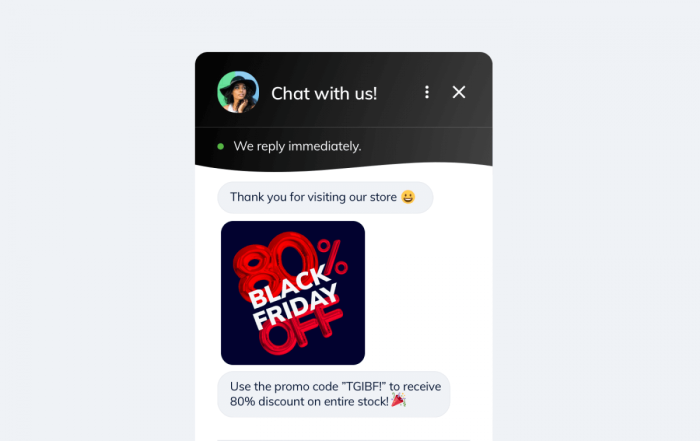
Use client data to personalize interactions and recommendations, such as offering gift cards, coupon codes, and tailored product suggestions based on customers’ browsing history. These exclusive offers can enhance the user experience and drive holiday sales. When customers feel understood and valued, they’re more likely to engage with your brand. Additionally, consider incentives like small discounts or loyalty rewards for early purchases or engaging with customer support channels.
Segment your user base to send tailored messages that address specific needs. For example, frequent Black Friday shoppers might appreciate early access to deals, while new customers might benefit from a site navigation guide and tips for finding the best offers.
Read more: Check out the best customer segmentation techniques to use when personalizing client communication.
10. Increase sales and conversions with urgency techniques

Research indicates that the fear of missing out (FOMO) is real. In fact, as many as 75% of young adults struggle with FOMO at one point or another.
You can take advantage of this phenomenon by using:
- Countdown timers
- Banners with limited-time offers
- Pop-up notifications
- Chatbots that send exclusive Black Friday deals
- BF-centric email marketing campaigns
Highlighting time-sensitive offers during the BF shopping event can easily create a sense of urgency, encouraging customers to make quick purchasing decisions.
Read more: Check out the best Christmas marketing strategies you can use to prepare for the holiday season.
11. Collect and implement user feedback
Last but not least, you should actively seek customer feedback through chat surveys, social media, and direct interactions. Analyze this feedback to identify pain points and areas for improvement in your service operations.
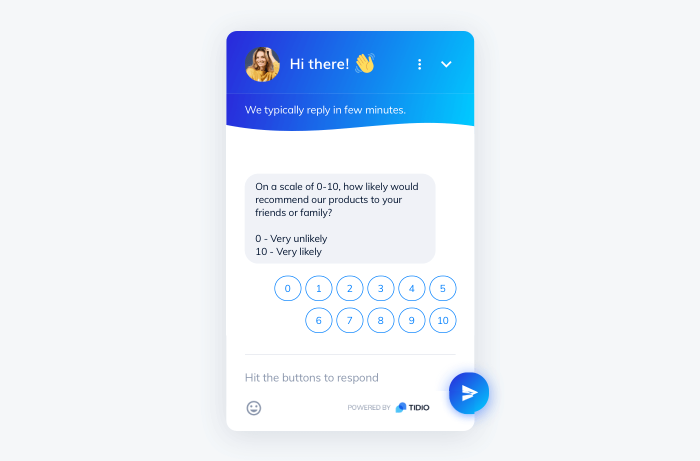
Once you implement constructive feedback made by customers themselves, you can enhance the overall user experience and strengthen your brand’s reputation. Also, regularly updating customers on how their views of your brand have influenced changes demonstrates that their opinions are valued.
Prepare your customer service for the BFCM season today
Proper Black Friday planning is crucial for overcoming customer service challenges during the year’s busiest online shopping and sales events. By leveraging the Black Friday customer service strategies from this checklist, you ensure that your team is ready for the surge of queries and increased loads.
This also turns the rush of the holiday shopping season into an opportunity to build stronger client relationships and achieve higher online sales.

